Exploring Effective Leadership Strategies in Conflict Resolution
VerifiedAdded on 2020/04/15
|7
|1060
|38
Essay
AI Summary
The assignment delves into the core components of effective leadership in managing workplace dynamics. It begins by addressing conflict resolution through structured dispute processes and empathetic negotiation, underscoring timely interventions as crucial to transforming conflicts into opportunities for success. Communication strategies are explored next, emphasizing clarity, regularity, and interactive methods to ensure mutual understanding and feedback. The essay then discusses the importance of providing clear job role information and fostering an inclusive workplace by treating employees with integrity, respect, and empathy. It highlights managerial responsibilities outlined in codes of conduct such as displaying effective behavior, honesty, transparency, and flexibility. Legal protections against discrimination are also mentioned via the Fair Work Act 2009, emphasizing trust-building among internal and external stakeholders to enhance responsiveness and inclusiveness. Indicators of employee dissatisfaction through performance changes or absenteeism are noted as critical for managers to address. Finally, the essay explores Myers-Briggs theory in understanding personality preferences that influence workplace dynamics, offering insights into selecting candidates aligned with organizational needs.
1 out of 7
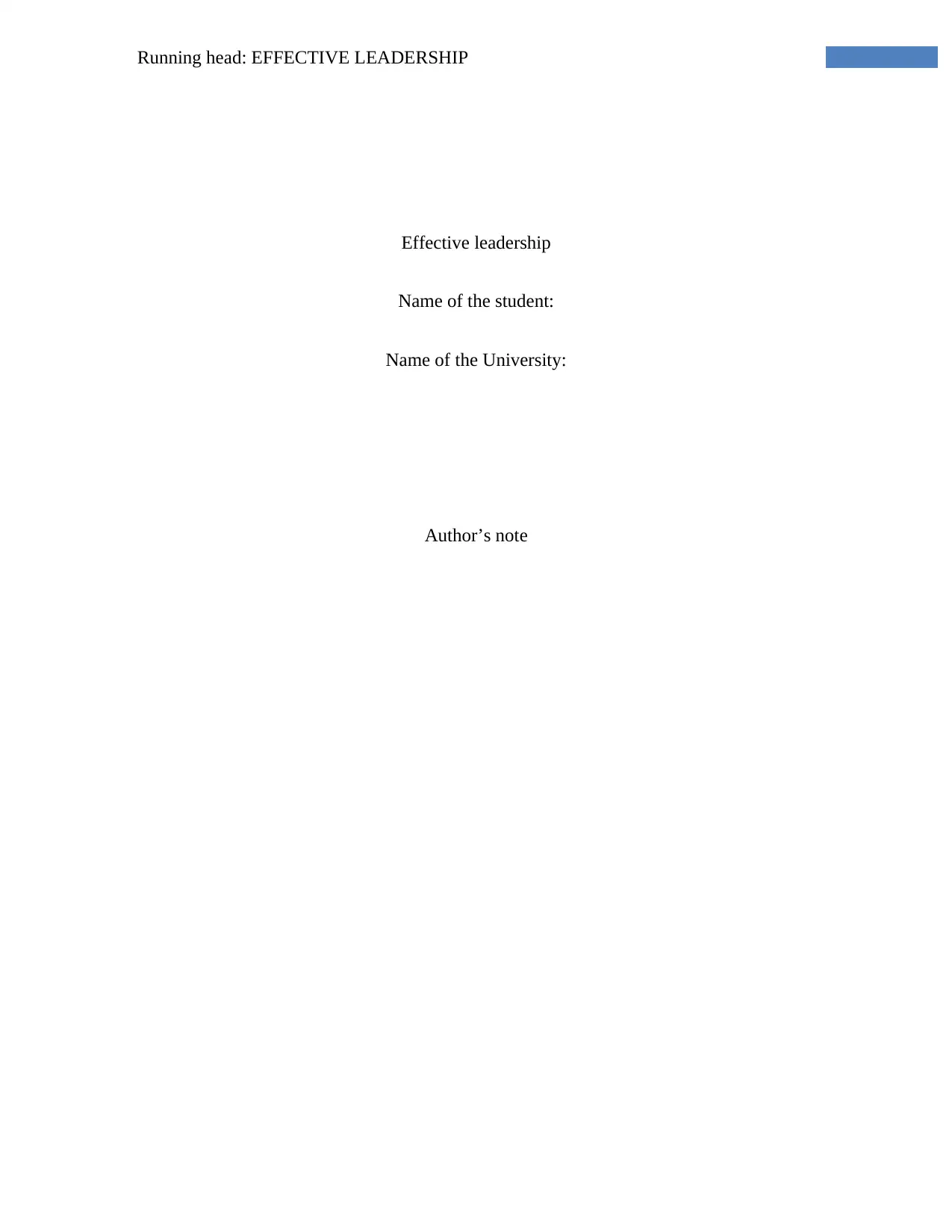
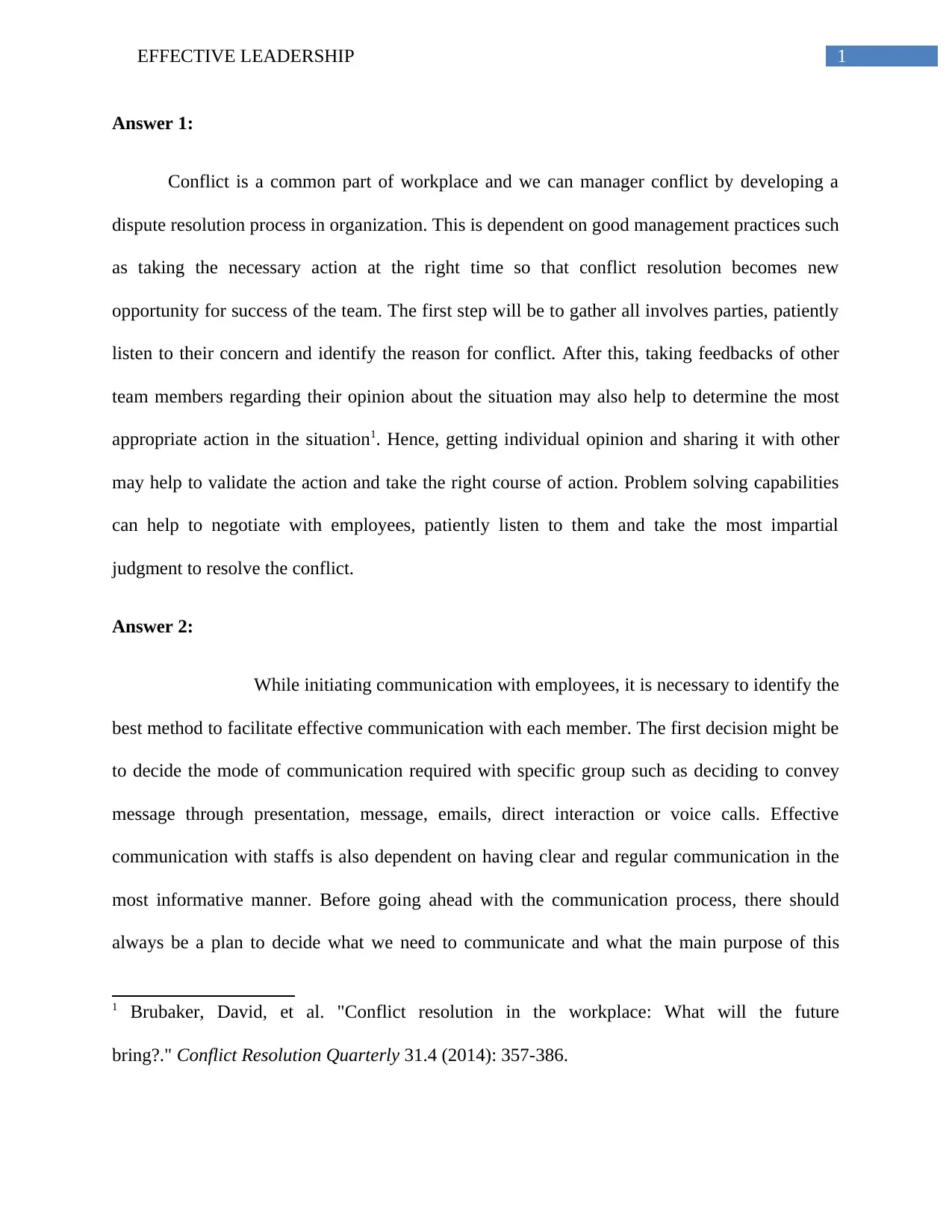
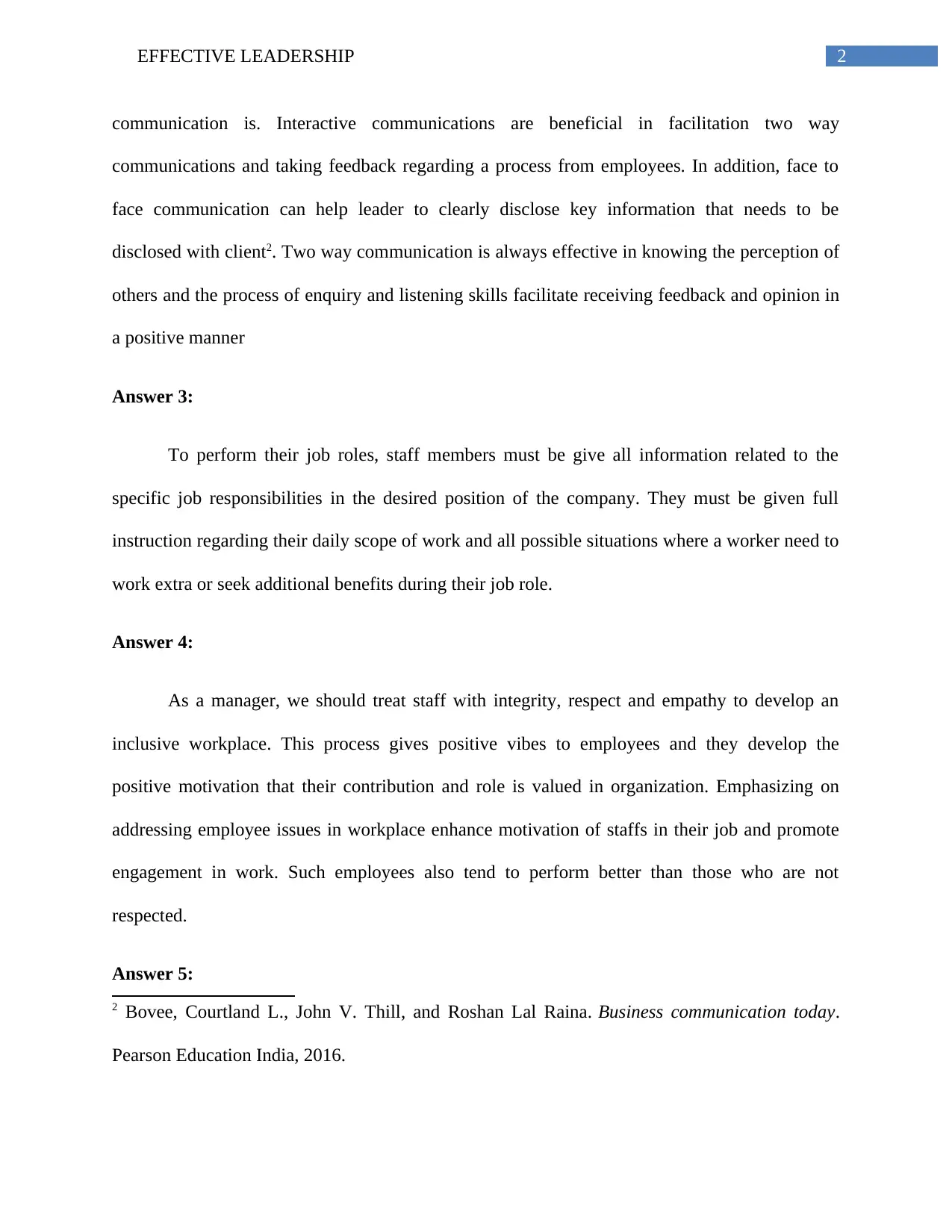

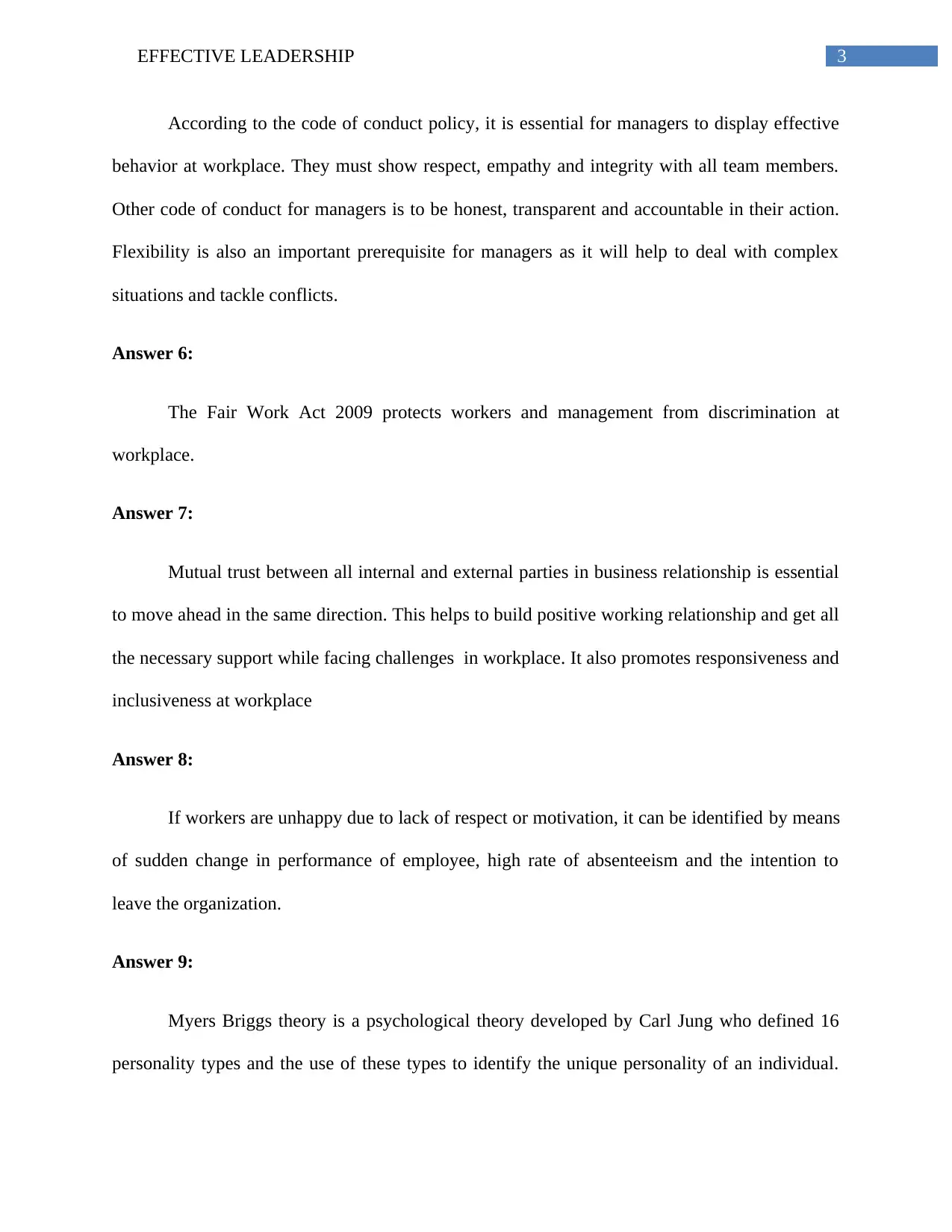
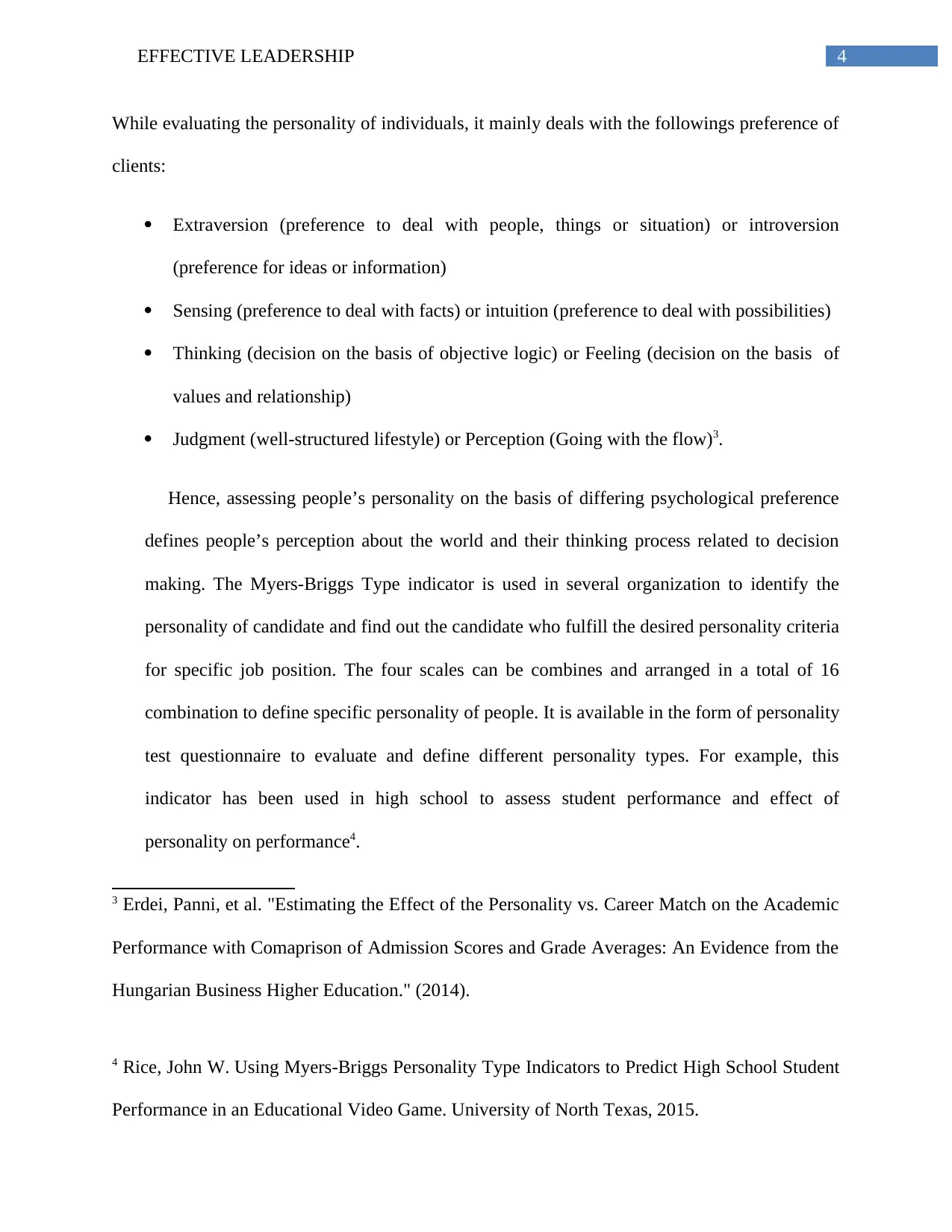
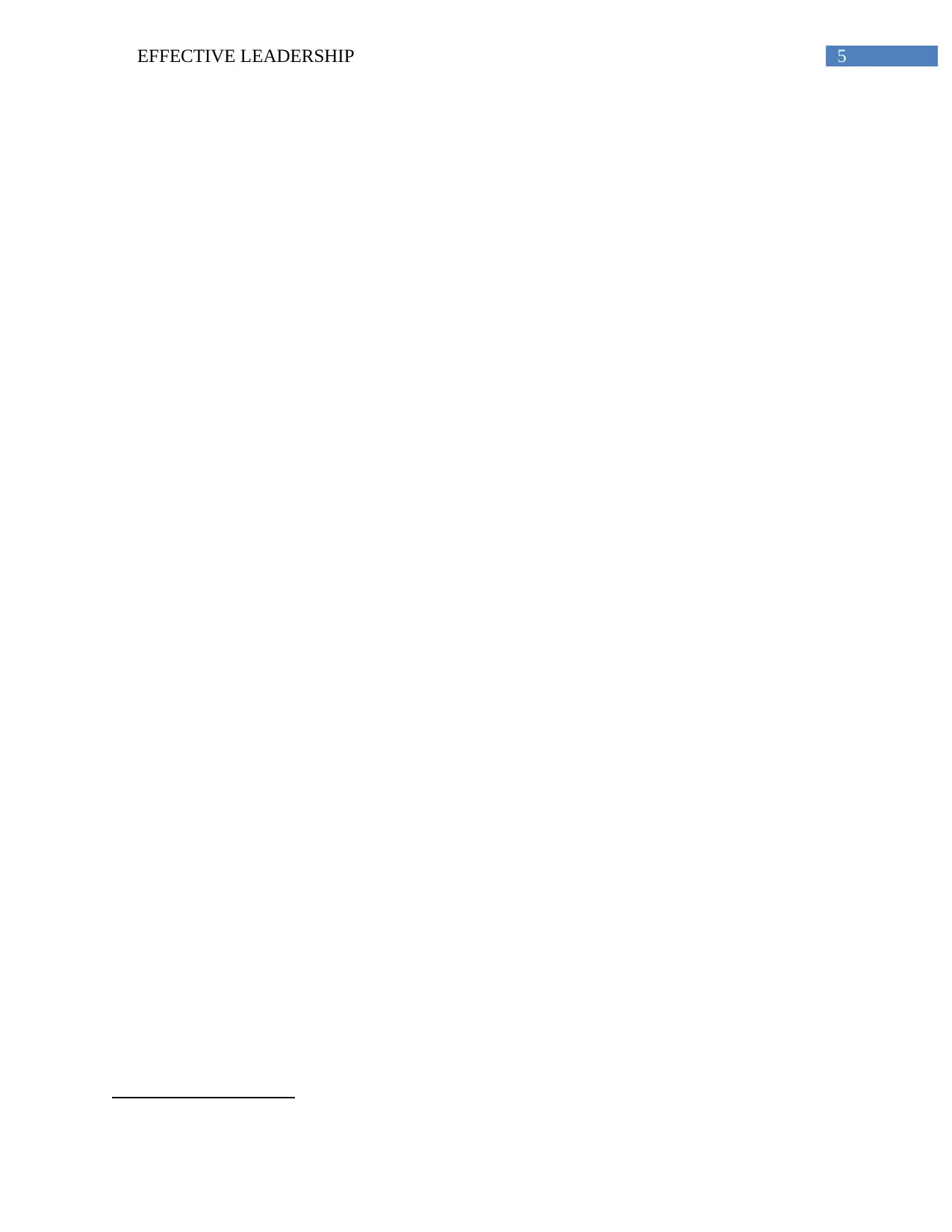
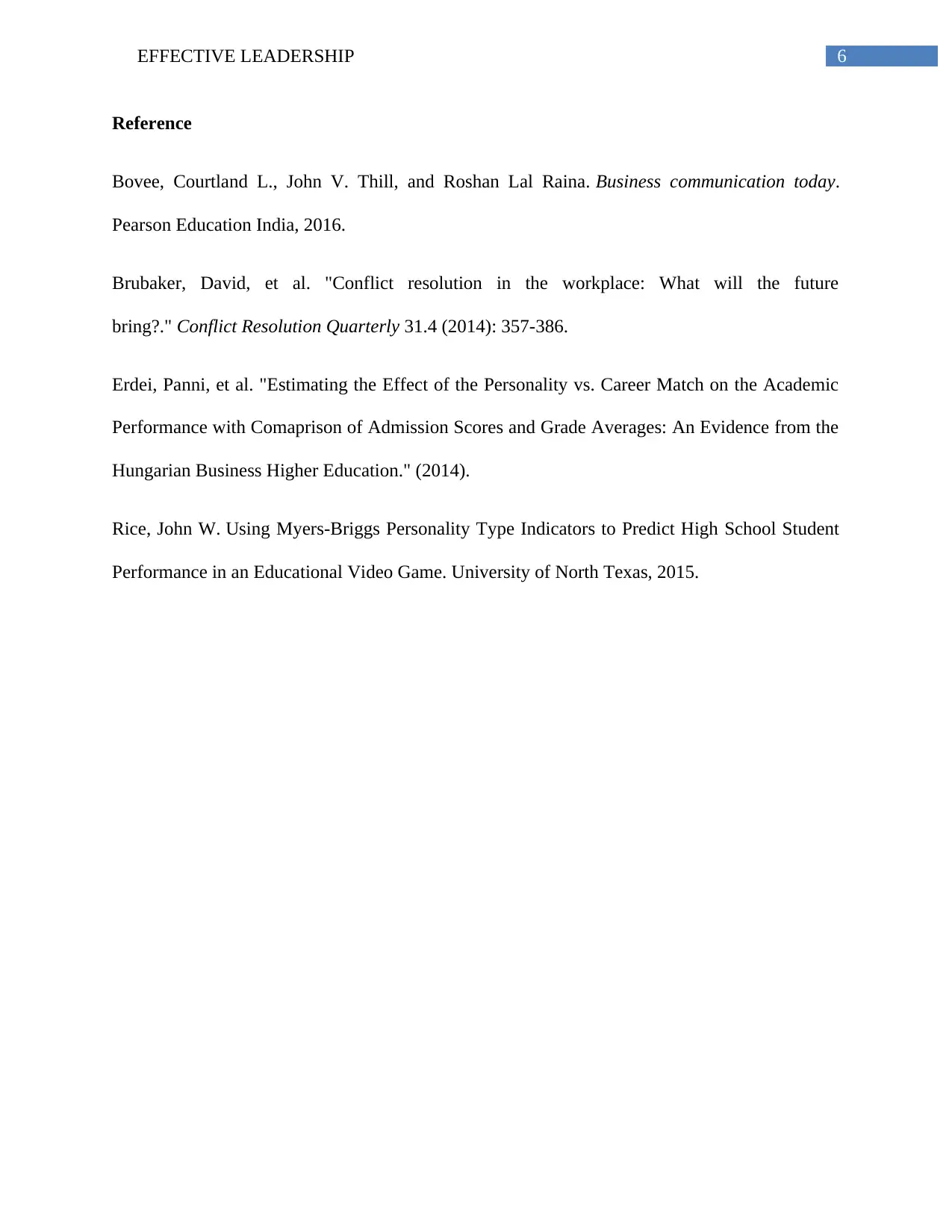




![[object Object]](/_next/static/media/star-bottom.7253800d.svg)